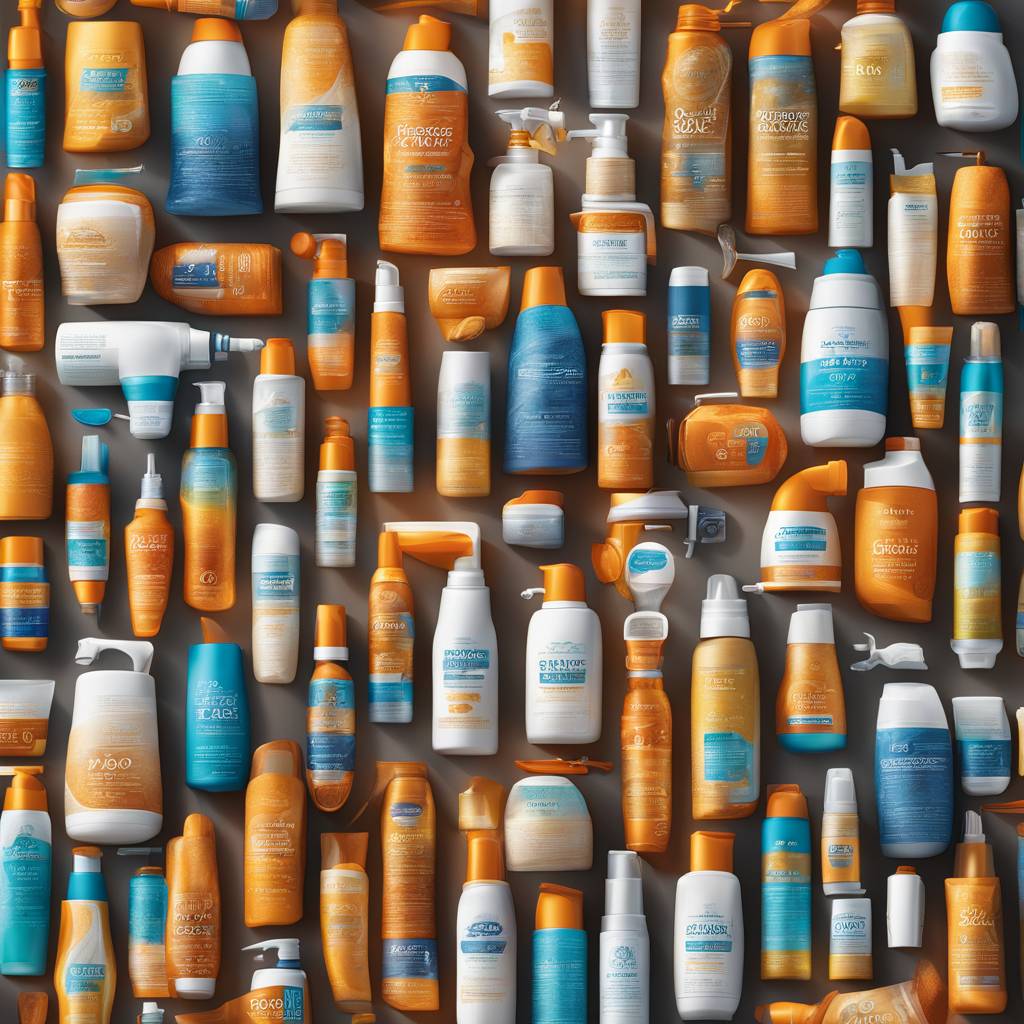When it comes to sunscreen, the SPF number is not the only factor to consider. Factors such as skin type, physical activity, sun intensity, and amount of sunscreen applied all play a role in determining the level of protection. A higher SPF does not necessarily mean better protection, as it all depends on how it is used and how it interacts with individual skin types. Ultimately, the effectiveness of sunscreen varies from person to person.
For optimal protection, it is recommended to use one ounce of sunscreen for the whole body, equivalent to the size of a golf ball. Many people underestimate the amount of sunscreen needed for adequate protection, and it is common for individuals to have leftover sunscreen after using it. Reapplication is key when it comes to sunscreen, and it is advised to reapply every two hours while outdoors, or immediately after swimming or exercising. Even if a sunscreen claims to be water-resistant, it is not waterproof, and regular reapplication is necessary.
When choosing a sunscreen, factors such as texture and skin type should be taken into consideration. Those with acne-prone skin may benefit from gels and powders, while those with dry skin may prefer richer textures. Sprays are convenient for quick application, but lotions are recommended for regular use due to better coverage. Sunscreen sticks with zinc oxide can help prevent stinging in the eyes while sweating or swimming. Mineral-based SPF powders are also recommended for easy reapplication over makeup.
The choice between chemical and mineral filters in sunscreen depends on individual preferences and skin conditions. Chemical sunscreens tend to be more cosmetically elegant and easier to use, as they do not leave a white cast on the skin. However, they may cause irritation for those with sensitive skin or inflammatory conditions. Some chemical filters, such as octinoxate and oxybenzone, can harm coral reefs and have been categorized as hormone disruptors. More research is needed to fully understand the potential impact of these filters on human hormones.
Overall, finding the right sunscreen involves considering factors such as SPF, skin type, application amount, reapplication frequency, texture, and filter type. It is important to remember that sunscreen is just one part of sun protection, and other measures such as seeking shade, wearing protective clothing, and avoiding peak sun hours should also be taken into consideration. By choosing the right sunscreen and using it correctly, individuals can help reduce their risk of sunburn, skin damage, and skin cancer.













